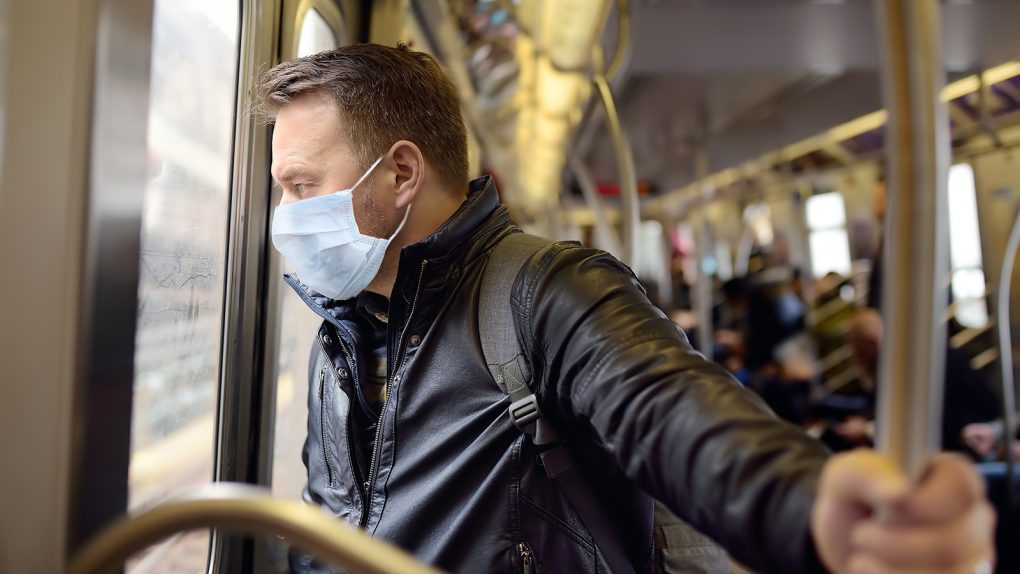- People who test positive for the novel coronavirus have to self-isolate for 10 days so they don’t infect other people during their recovery.
- New research indicates that COVID-19 patients are most infectious between two days before the onset of symptoms and five days after symptoms start.
- The CDC might soon change its 10-day isolation recommendation, a new report says.
Everyone should be familiar with two widely used COVID-19 terms: quarantine and isolation. Both of these measures are employed to reduce the risk of transmission and flatten the curve, and both of them involve several days of avoiding other people as you shelter in place at home. You quarantine when you think you’ve been exposed to someone infected with the virus. Because symptoms can appear between two and 14 days after exposure, you have to quarantine for two weeks. The Centers for Disease Control and Prevention (CDC) considers shortening that period and allowing people to return to regular life upon a negative test.
Self-isolation is what you do when you contract the illness. You have to separate yourself from others living in the same home to reduce the risk of transmission. According to the CDC, you’ll have to wait for symptoms to pass, and you’ll be able to leave your room or house again 10 days after diagnosis. That’s provided you experience an asymptomatic or mild to moderate version of COVID-19 that doesn’t require hospitalization. But new research says that isolation after a confirmed diagnosis could be a lot shorter than the CDC recommendation, as people tend to shed the virus for a shorter amount of time.
Today’s Best Cyber Week Deal

Shedding the virus means being contagious to other people. Previous research said a person is infectious two days before the onset of symptoms and up to eight days after the start of symptoms. One of the main problems with the coronavirus and the reason it spreads so fast is people being contagious before the onset of symptoms. They’d have no idea they’ve been exposed to the virus at some point in the previous 14 days, and they’d infect others in those two days that precede symptoms.
A new research analysis published in The Lancet Microbe (via Philly Voice) says that COVID-19 patients are most infectious two days before the first symptoms and five days afterward.
Considering that self-isolation starts when the diagnosis is confirmed, the research indicates that the self-isolation period should be half of the CDC’s recommendation.
However, not all patients will necessarily stop shedding the virus within five days after the onset of symptoms. There are cases where people are infectious for longer. Those people would often experience symptoms for a longer time, and some might need medical attention. But some immunocompromised patients can be infectious for months without showing symptoms. Such was the case with a woman who was contagious for 70 days. The latter is an exception to the standard behavior of the virus.
Other countries have already shortened their self-isolation guidelines or plan to do it. France dropped its isolation period from 14 days to 7 days in September. Germany plans to shorten it to five days. Per The New York Times, the CDC might also reduce self-isolation for COVID-19 patients as soon as next week.
Health experts think that a reduced isolation period if backed by science, would make it easier for people to respect it, and this could lead to a further reduction of COVID-19 spread.







